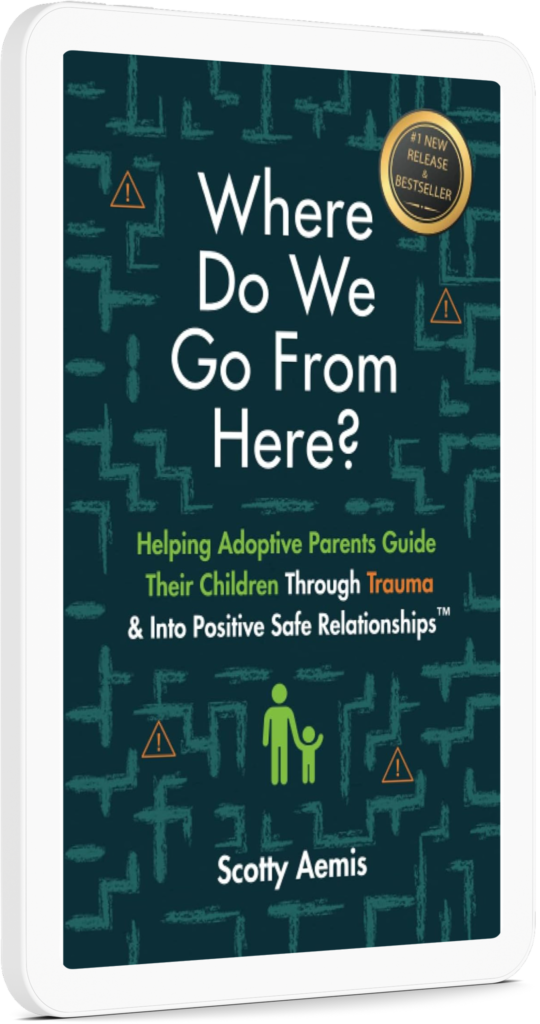Cultivating an Environment that Allows Students a Voice and a Choice
One of the things that many students with childhood trauma struggle with are feelings of powerlessness. They are too familiar with pain, harm, and uncertainty that are out of their control.
Within a classroom setting where rules are established for the well-being of the classroom as a group, these students can experience the same feelings of powerlessness, especially when they are expected to do things that are difficult for them, whether that is a certain subject matter or paying attention when they are feeling dysregulated or distracted.
Writing a sentence may seem like a simple task, but for a student whose brain associates the feeling that they have no choice with powerlessness this can be scary for them and may result in them reacting accordingly, with defiance, avoidance, or even aggression.
The Solution: Provide Voice and Choice in the Classroom
In order to create a sense of safety for all students, including those who have suffered from childhood trauma, teachers need to provide students with both voice and choice in the classroom. By giving students a sense of power over their learning experience, it actually allows all of them to grow as individuals and be much more engaged in the learning process. This leads to better development of decision-making skills, which is an essential life skill.
Empowering students through voice and choice creates a trauma-informed classroom that helps keep students feeling safe, regulated, and engaged in their own learning! So just how can you empower students in the classroom? Here are four ways you can support both voice and choice in your classroom.
1 | Provide a Dual Choice
Provide students the opportunity to make a choice between two options that will accomplish the same learning goal. If a student is refusing to fill in a worksheet, offer them the choice of writing with their favorite colored pencil or marker. This not only gives the student some control over how they fill their worksheet, but it can also make it more fun for the student. When a student is more willing to do the lesson plan, they are more open to learning and will take in the information better. This means they not only feel safe and empowered, but they learn better!
2 | Exercises to Build Self-Confidence
Building self-confidence is one surefire way to help cultivate empowered students. Create opportunities for them to self-reflect in order to build their confidence in their classwork, characteristics, and skills. One idea is to do a lesson that allows students to list off their positive traits.
3 | Offer Flexible Seating
Sometimes we all need a change of scenery. Providing different types of seating in the classroom and allowing children to get up and go to those different seats can provide some brain-friendly sensory experiences. Try adding a rocking chair, bean bag, or bungee chair to your classroom that students are allowed to utilize. Make it clear that a student won’t get in trouble for getting up and going to one of these seats during a lesson.
4 | Give Opportunities for Students to Self-Advocate
Finally, provide students with opportunities to self-advocate. Host a discussion with the class or small group of students where they can provide input into the daily routine or other aspects of the classroom. Allow students to state opinions without providing critical remarks or judgment. This further gives students a sense of power by allowing them to provide feedback on their own school day. You never know when your students might come up with a wonderful solution to a problem with the daily routine!
Final Thoughts
The next time you find a student resisting a lesson plan, pause to consider how you are able to give them both a voice and a choice in the activity. Sometimes something as simple as asking them where they would like to sit for the lesson gives them that much needed sense of control.


